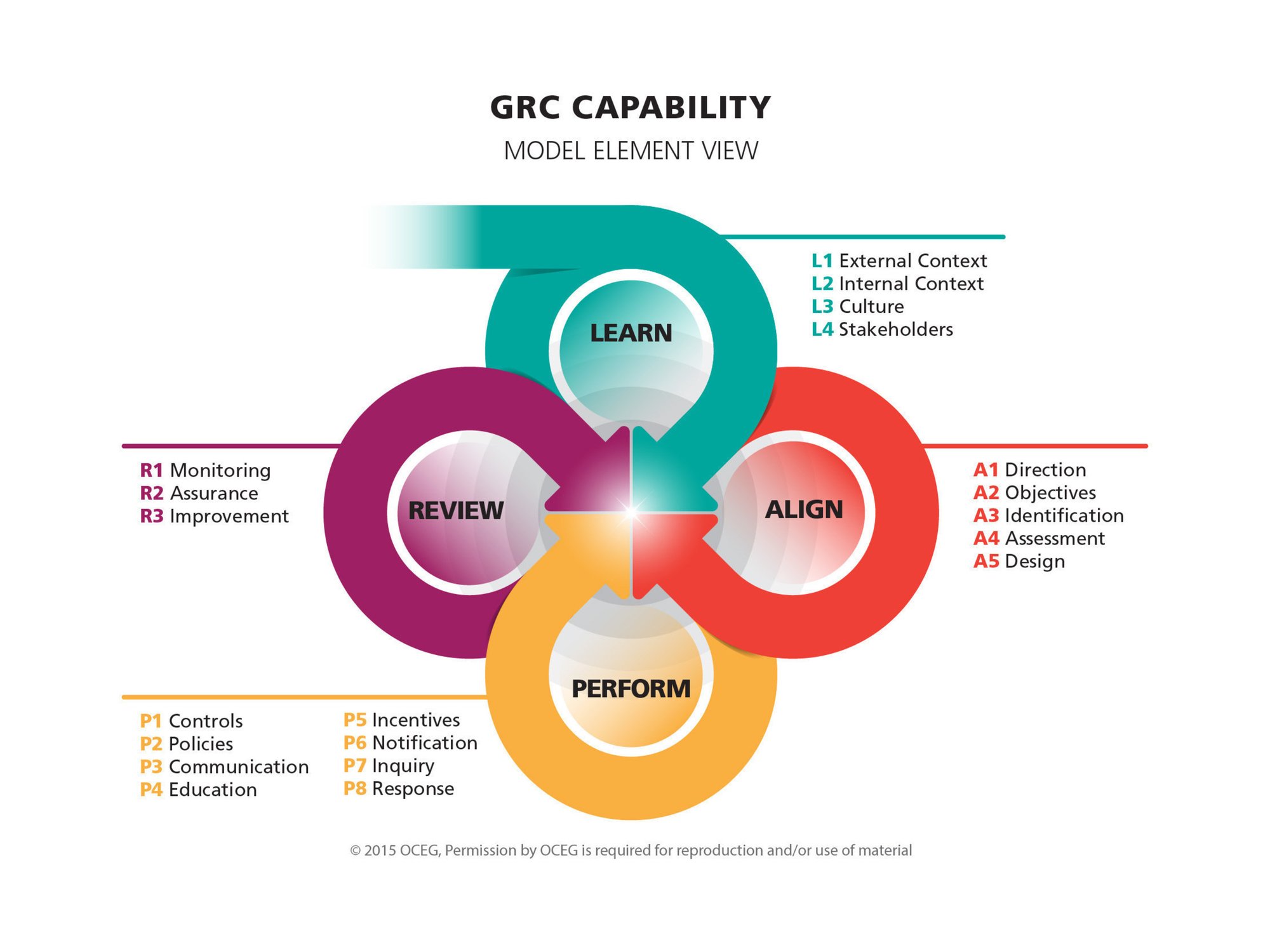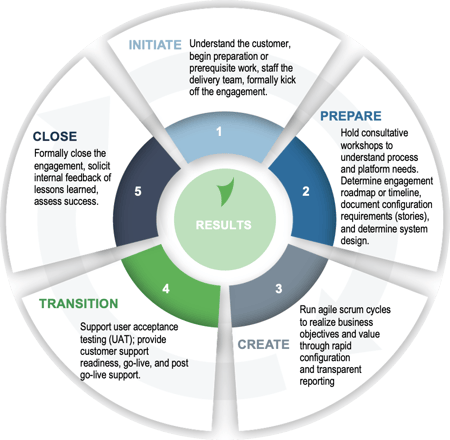Business Continuity and Disaster Recovery (BCDR) refers to a set of practices, strategies, and processes that enable organizations to maintain essential operations and swiftly recover from disruptive incidents or disasters.
Business Continuity focuses on preparing and planning for the continuation of critical business functions during and after an incident. It involves identifying potential risks, developing resilience strategies, and implementing safeguards to ensure minimal disruption to operations, services, and customer experience.
Disaster Recovery, on the other hand, focuses on restoring IT infrastructure, systems, and data after a disaster. It encompasses the recovery of technology assets, data replication or backup, and the systematic restoration of services to resume normal operations.
Strategic and Advisory Services for GRC Programs maximize program potential while helping to avoid common pitfalls

Implementing a Business Continuity and Disaster Recovery (BCDR) program can present several challenges for companies. Here are some common ones:
Lack of Business Support: Without strong support and commitment from senior management, it can be challenging to secure the necessary resources and prioritize BCDR initiatives. Business commitment is crucial for establishing a culture of resilience throughout the organization.
Limited Budget and Resources: Implementing a robust BCDR program requires financial investment and allocation of resources specializing in BCDR. Companies may face constraints in acquiring the necessary technology, infrastructure, and skilled personnel to execute and maintain the program effectively.
Complexity of IT Infrastructure: Modern IT environments can be complex, involving a wide array of systems, applications, and dependencies. Ensuring comprehensive coverage and resilience across the entire IT infrastructure can be challenging, particularly when dealing with legacy systems or diverse technology stacks.
Inadequate Business Impact Assessment (BIA): Conducting a thorough annual BIA to identify potential threats and vulnerabilities – with business leaders -- is crucial for an effective BCDR program. Companies may face challenges in accurately assessing and prioritizing risks, especially in rapidly evolving technology landscapes.
Testing and Maintenance: Regular testing and maintenance of BCDR plans are essential to ensure their effectiveness. However, companies often struggle to allocate sufficient time and resources for testing, keeping plans up to date, and incorporating lessons learned from real incidents or exercises.
Lack of Awareness and Training: Employee awareness and training play a vital role in an effective BCDR. Companies may face challenges in disseminating information, providing adequate training to employees, obtaining business commitment, and ensuring everyone understands their roles and responsibilities during a disaster.
Addressing these challenges requires proactive leadership, adequate resource allocation, regular risk assessments, robust testing and maintenance, continuous employee training, and staying abreast of the evolving threat landscape. A comprehensive and well-executed BCDR program helps organizations enhance their resilience and minimize the impact of disruptions on their operations and stakeholders.
You can automate any process, but is it a best practice GRC business process? Effective GRC implementation projects are impossible without the expertise in business processes. Each engagement is carefully staffed with at least one consultant who brings to the table extensive experience as a GRC practitioner or holds the prestigious OCEG certification.


Our certified GRC Consultants truly understand how to implement BCDR. Learn more about our methodology for Implementation Services and our team that makes it all possible
We are GRC people, not pushy sales people. We operate in a no pressure environment, where we simply enjoy discussing GRC. Let's start a conversation and explore how Verterim can help you navigate the world of GRC with confidence.
We Know GRC